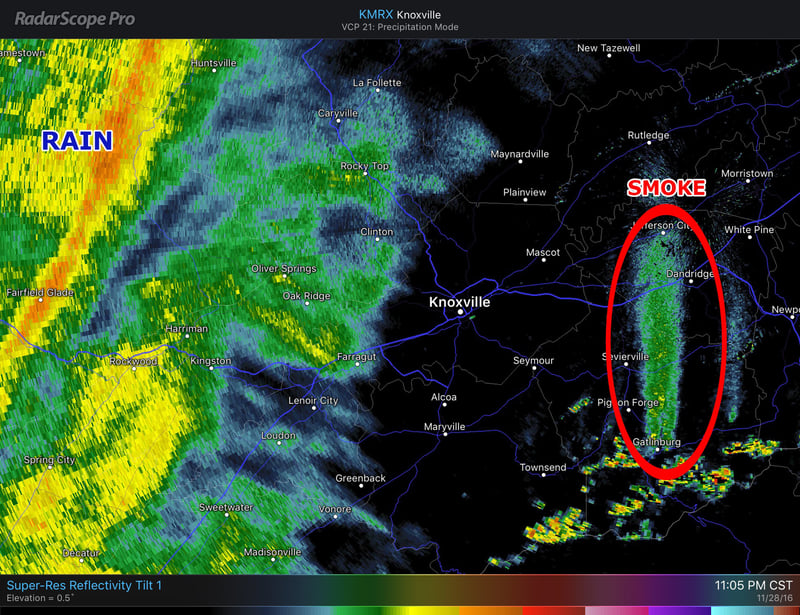Earth, Wind and Wildfire
by Daphne Thompson, on Dec 1, 2016 12:56:38 PM
Drought and wildfires go hand in hand. "You need to evacuate due to a wildfire approaching" is one of the scariest phrases to hear. While you have plenty of warning time when a hurricane approaches and less warning time for a tornado, you have nearly no warning when a wildfire approaches.
As I write this blog today, wildfires rage in Tennessee and other areas in the Southeast. You can see on the map below where every fire is located. Click on the flames and you can learn more about each individual fire. If you are reading this at a later date, just move the map around and you will more than likely find a fire raging someplace in the country.
Wildfires start in one of two ways, they are either man-made or nature-made. Whether caused by an errant cigarette butt or lightning, winds will move the flames along burning everything their way. The end of the fire is also caused by either from man (firemen) or nature (rain).
Drought and wildfires correlate strongly. As moisture is evaporated due to either high temperatures or lack of rain for long periods of time, wildfire fuel begins to form. Trees dry out, dropping leaves early and sometimes dying from lack of water or insect infestation. Grass also dries out, leaving even more fuel. Add in high winds and it will spread through the treetops. Flying embers are the source for even more fires. In a short period of time, hundreds of acres can burn. When the vegetation is gone, erosion can lead to more problems, especially if the same area eventually gets heavy rain.
Radar is capable of seeing not only storms, but also fires. Reflectivity values associated with fires are typically low for two reasons. The first is the small particle size in the smoke plume and the second is the low concentration of particles. In the RadarScope image below, you can see the smoke from the devestating Gatlinburg, Tennessee wildfire of 2016. On the left side of the image, heavy rain approaches displaying a stronger signal.

Some wildfires are so big that they can be seen from space. Satellites capture the smoke as it spreads across terrain, not only in the U.S., but also all around the world.








